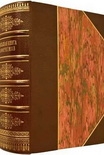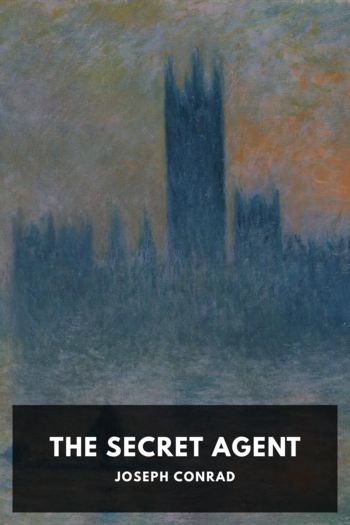Hidden History: Lost Civilizations, Secret Knowledge, and Ancient Mysteries, Brian Haughton [books you need to read .TXT] 📗

- Author: Brian Haughton
Book online «Hidden History: Lost Civilizations, Secret Knowledge, and Ancient Mysteries, Brian Haughton [books you need to read .TXT] 📗». Author Brian Haughton
So was there one huge extended conflict at Hisarlik around 1200 B.C. that we can say was the Trojan War? Perhaps not. Homer was writing about a semi-mythical age of heroes, the details of which had been passed down orally for at least four centuries. Even if the war happened, much of the story will have been lost and changed over that time. Admittedly there are details in Homer's narrative that seem to date
back to the Late Bronze Age, such as various types of armor and weapons that were more at home in 1200 B.C. than 750 B.C., when the poet was writing. Homer also mentions certain Greek cities, little trace of which remained in his own time, as being particularly significant at the time of the Trojan War. Archaeological excavations at some of these sites have often proved that these cities were indeed of major importance during the Late Bronze Age. Nevertheless, given Troy's important location overlooking the Hellespont, on the borders of the Hittite Empire and the Greek world, the area was bound to be the site of armed conflict on more than one occasion during the Late Bronze Age. Perhaps it is more likely that Homer's story is a memory of a number of these conflicts between the Greek World and the inhabitants of the Troad, condensed into one final epic struggle, a war to end all wars. In a sense then, the story of the Trojan War is based roughly on historic events, though embelished by centuries of retelling, during which the supernatural elements of the tale were inserted. Perhaps even the beautiful Helen of Troy was added by a later storyteller to the original semi-historical narrative.
Photograph by Adam Carr. (GNU Free Documentation License).
View from Hisarlik across the plain of Ilium to the Aegean Sea.
Chichen Itza: City of the Maya
Photograph by Keith Pomakis (Creative Commons License. AttributionShareAlike 2.5)
Temple of the Warriors at Chichen Itza.
The mysterious ruined Mayan city of Chichen Itza (meaning at the mouth of the well of the Itzas) has fascinated and intrigued archaeologists, explorers, and historians ever since it was first encountered and described by Bishop Diego de Landa, who wrote about the history of the Yucatan in the late 16th century. Chichen Itza was at its height from around A.D. 600 to 1200, and was probably the main political and religious center in the whole of the Yucatan at this time. The site itself consists of many elaborately designed
and decorated stone buildings, including temple-pyramids, palaces, observatories, baths, and ball courts, all constructed without the use of metal tools. For reasons not exactly understood, the Maya began to abandon Chichen Itza around the beginning of the 13th century A.D., and before long the ruins were left to the encroaching jungle.
Although the existence of Chichen Itza was known about for centuries after its abandonment, there was no exploration of the ruins until as late as the 1830s. From 1839 until 1842, American explorer and writer John Lloyd Stephens, together with English architect and draftsman Frederick Catherwood, made various jouneys through South America visiting countless ancient sites. Their research resulted in two important books, Incidents of Travel in Central America, Chiapas and Yucatan (1841) and Incidents of Travel in Yucatan (1843), both written by Stephens and illustrated by Catherwood. Between 1875 and 1883, French antiquarian and photographer Augustus Le Plongeon and his wife Alice undertook the first excavations at Chichen Itza, and made some incredible stereographs of Mayan sites. However, Plongeon's conclusions on the Mayans were clouded by his belief that South America was the origin of all the world's civilizations. In the following decades there were various other expeditions to the site, including that of the Italian-born Teoberto Maler who, in the 1880s, lived at Chichen Itza for three months, documenting the ruins more comprehensively than anyone before him. In 1889, English colonial diplomat, explorer, and archaeologist Alfred P. Maudslay visited the site and surveyed and photographed the ruins. Maudslay's assistant Edward H. Thompson (the U.S. consul to Yucatan), later moved to Chichen Itza with his Mayan wife, and spent 30 years carrying out investigations among the ruins, including dredging artifacts of copper, gold, jade, and human bones out of the Sacred Cenote (a water-filled limestone sinkhole).
Professional archaeologists from the Carnegie Insitution at Harvard
University began work at Chichen Itza in 1924. The 20-year-long excavation project was directed by Sylvanus G. Morley, who had been a guest of Edward H. Thompson on his first visit





Comments (0)